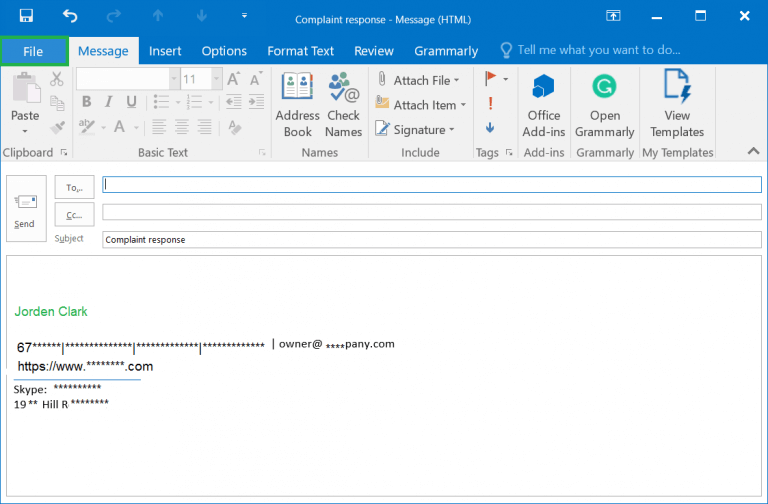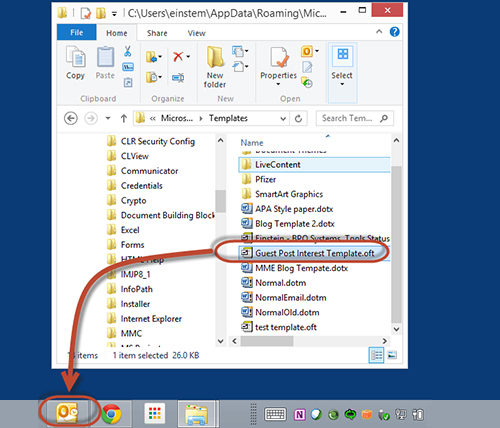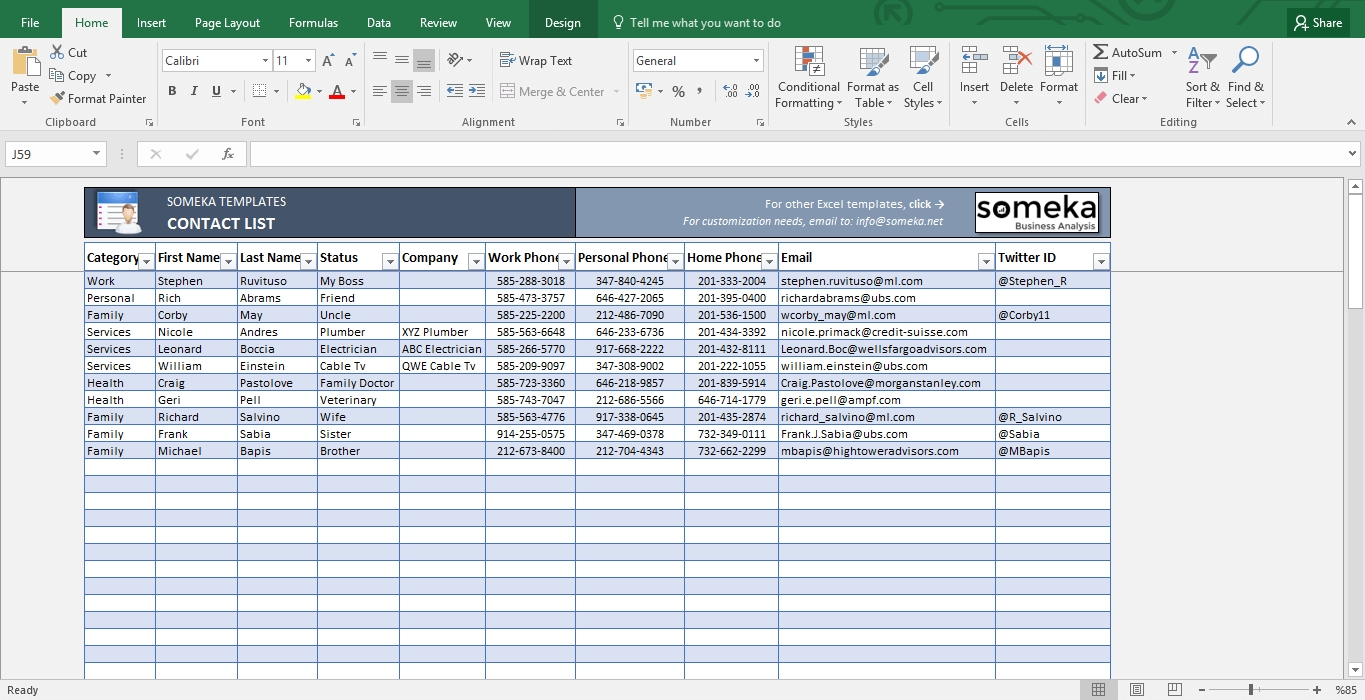

Custom forms are normally stored in a location related to their expected use. Choosing formsĪfter you have created a custom form and saved or published it for common use, you will need to select the form to use it.

Only people designing and testing forms for your organization should have access to this folder.Īfter you publish a form, the folder in which you publish it contains the form itself and all the underlying information that another person’s instance of Outlook 2013 needs to understand the form. When you complete a form design, publish your form in this staging folder at regular intervals so that you don’t lose the modifications you’ve made to the form. Create a staging folder where you publish the forms that you’re working on. When you’re creating a form, it’s a good idea to keep the production version of the form separate from the development version. (The default is the Personal Forms Library.)Ĭlick Publish in the Publish Form As dialog box to save the form in the selected location. In the Look In drop-down list, select the folder or forms library where you want to publish the form. (The first time you use the Publish button, the Publish Form As dialog box will be displayed, but after a form has been saved once, the Publish button will simply save the existing form, overwriting the previous version.) In the Form group, click Publish, and then click Publish Form As to open the Publish Form As dialog box. Select the form that you want to publish, and then click Open. In the Design Form dialog box, select the location (such as User Templates In File System) containing the form that you want to publish. You can publish it to your Inbox or another folder in your mailbox, a public folder, the Organizational Forms Library (with Microsoft Exchange Server), or your Personal Forms Library.įollow these steps to publish a form to a folder or forms library:Ĭlick Design A Form on the Developer tab.

When you finish your form, you can publish it to a specific folder location. Publishing a form is a lot like saving the form. The form file is saved as an Outlook Template file (.oft). In the Save As dialog box, enter the file name and select the location. You can save a form by clicking File and then clicking Save As. Publish the form to a folder or other location. First, however, you’ll need to preserve your form in one of these two ways: After you create your form and define its behaviors, properties, and settings, you’ll want to make it available to users.


 0 kommentar(er)
0 kommentar(er)
